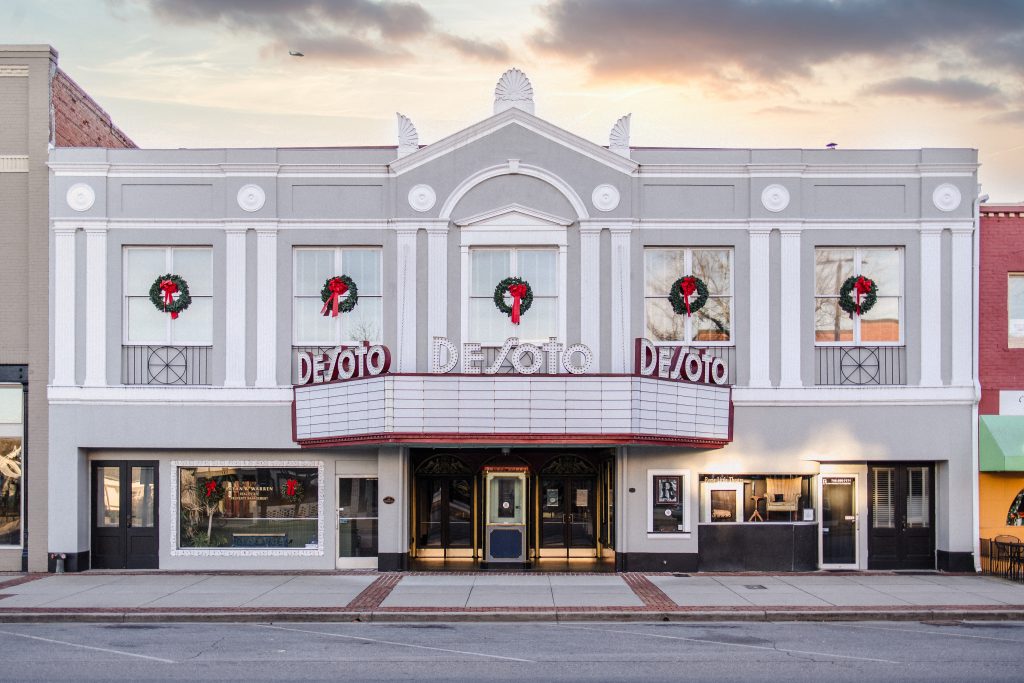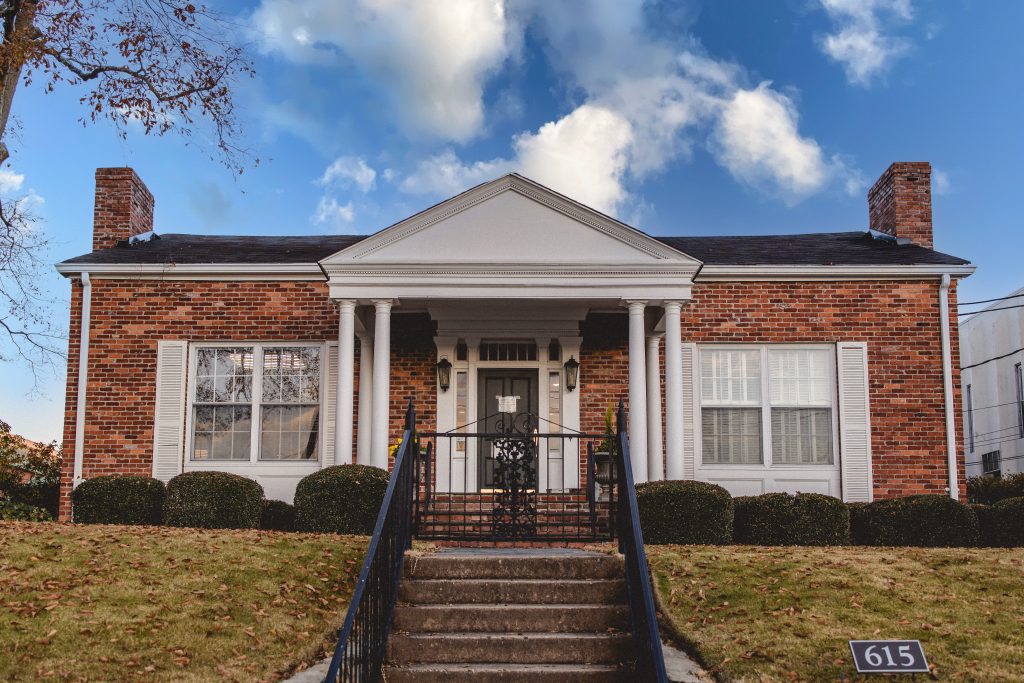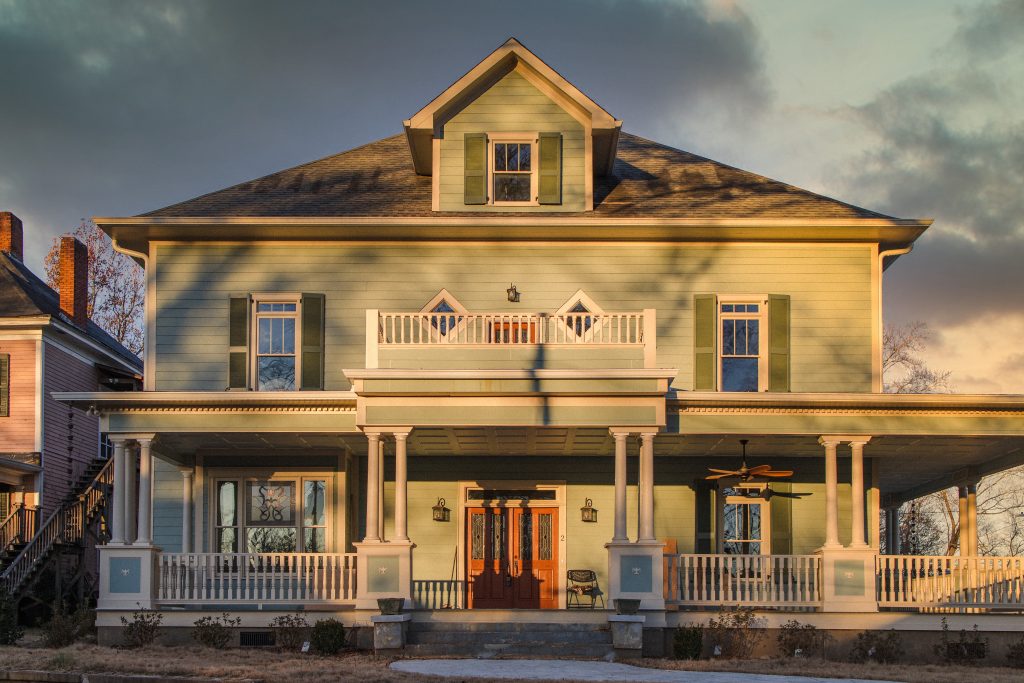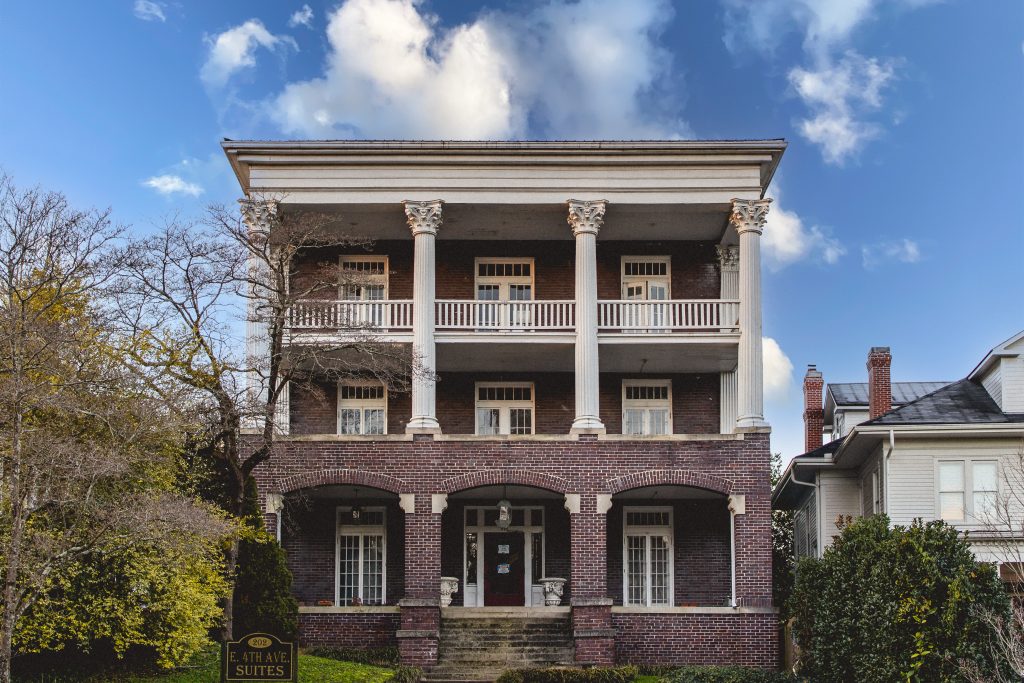
The Desoto - Photos Andy Calvert
Did you know that Rome, Georgia, was one of the pioneers of historic preservation in the state? How about that Rome has the oldest and largest intact Victorian main street in Georgia?
These are just a few of the fascinating facts that Brittany Griffin, associate planner, has to share. Griffin has led the Rome Historic Preservation Commission for the past four years. “If you ask me why historic preservation is important to Rome, I can’t give you a straight answer other than historic preservation is Rome,” Griffin says. “If we didn’t have historic preservation, I personally don’t think we would have what we have in Rome today.”
A State Pioneer
When Congress passed the National Historic Preservation Act in 1966, Rome was one of the first Georgia cities to jump on board the national movement, passing its own historic preservation ordinance in 1978, two years before the state adopted its preservation ordinance in 1980. “Because we adopted our ordinance before the state ordinance, we are still one of the nine that are grandfathered in, so we are lucky enough to make our own rules and make our own pace,” Griffin says.
Rome’s decision to join the national push for historic preservation had a lot to do with Broad Street, now the oldest and largest intact Victorian main street in the state of Georgia. According to Griffin, a nationwide movement from city centers to suburbs in the 1970s meant that businesses on main streets began to struggle.
“When you participate in historic preservation, it opens you up to a lot of state funds, so that’s why they jumped on it so early,” Griffin says. “[Rome] saw that they had something great here downtown that was still intact, and those early pioneers in Rome decided to do something about the fact that all the businesses were shuttering.”
According to Griffin, one of the benefits of historic preservation is the possibility for state and federal funding. Rome has taken advantage of state funding in order to maintain its standard of conservation, eventually leading to a statewide order called the Rome Rule. “Rome was getting way too many funds at one point, for the rehab of our downtown and our historic districts, that they actually had to cut us off so that other municipalities could get money statewide,” Griffin explains.

Continuing Preservation
Rome has five local historic districts: the largest, Between the Rivers, contains 553 parcels. The others are East Rome, Oakdene, Avenue A and College Heights. The Historic Preservation Commission oversees these districts, reviewing any exterior changes to the buildings and landscaping on the parcels. “A lot of the residents move in because the houses look a certain way, because their neighbors have to keep up their residences,” Griffin says.
This commitment to maintaining historic properties comes with its challenges. According to Griffin, one of the biggest challenges historic preservationists face is telling people what to do. “People do not like being told what to do with their property,” she says. However, there is a certain level of upkeep required in owning a historic property.
“Those old buildings, they’re like a grandparent — you love them, but they’re going to constantly need some type of maintenance,” Griffin says. “You rehab a building that’s 100 years old, and 10 years later you’re going to have to rehab that exact same thing you rehabbed… You’ve got to care about what you live in.”
In reality, Griffin says, everything in Rome is an ongoing preservation project. Look at 212 E Fourth Avenue. This apartment building with 98 windows was the first project Griffin took on when she started in historic preservation, and it is still in the works. City Hall recently underwent a $1.5 million dollar SPLOST rehab, but a leak in the ceilings means there is more work to be done. The DeSoto Theater is currently undergoing a renovation that has gotten statewide recognition. “With historic buildings, it doesn’t matter how many times you rehab them, something the next day is going to happen,” Griffin says.
City of Stories
The city of Rome contains 1,796 historic resources. Unsurprisingly, there are a wealth of stories that have been preserved along with their properties. “Rome, if you actually start to dig in the history of it, has a lot of history for the fact that it is so far away from Atlanta. The people of Rome realize that,” Griffin says.
Take the house at 615 W First Street, for example. Known as the Omberg House, this home was the site of the first bilateral oophorectomy, an operation to remove the ovaries. In 1872, Dr. Robert Battey performed the procedure on Julia Omberg while a mob of people waited outside, ready to lynch the doctor if Omberg died in surgery. She survived, however, and lived another 50 years.
The story of the biggest ongoing historic preservation project in Rome is a much more tragic one. The Hillyer House at 2 Coral Avenue was operating as a bed and breakfast in 2005 when it caught fire. A newlywed woman there on her honeymoon died in the fire, and her husband was critically injured.
Griffin says that the house was just a shell after the fire, leading her to believe that someone would tear it down and build new. However, the house is currently under renovation, and Griffin says it’s an amazing project. “They’ve been working on it for the past three years or so, nonstop,” she says. “The fact that they were actually able to save that house is nothing short of phenomenal.”
These are just a few of the stories that surround Rome’s historic places. Events in American history such as the Civil War and the Trail of Tears have connections to Rome, and an ongoing project hopes to discover the sites of slave and freeman cemeteries in the area. Griffin hopes to see the future of historic preservation include even more stories from marginalized communities.
The Future of Preservation
“The minority stories that we don’t highlight, those are my favorite,” Griffin says. Currently, there is a national movement to include more LGBTQ+ history, women’s history, African American and people of color’s history in historic preservation, but Griffin says that this is a very new movement in the grand scheme of things. “It’s definitely something Rome has not caught onto yet,” she says. “We have some small movements, but we are still not where we need to be. One day, we will be more inclusive.”
She adds, “I’m tired of only preserving the big and beautiful. So many stories happened in these smaller houses that you drive by, stories that are honestly as important if not more important than the stories that happened elsewhere.”













